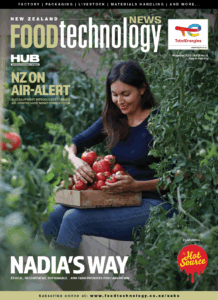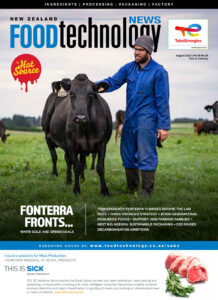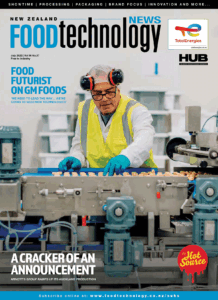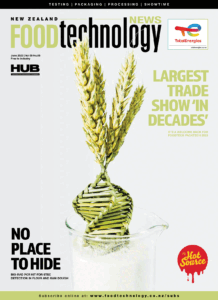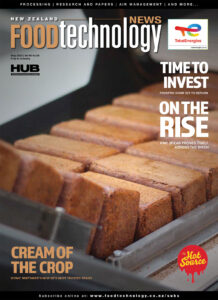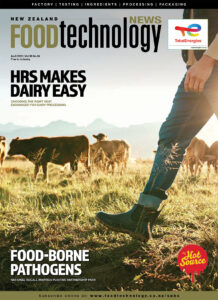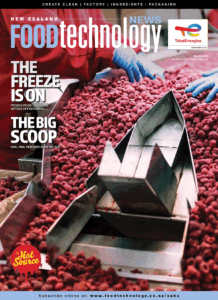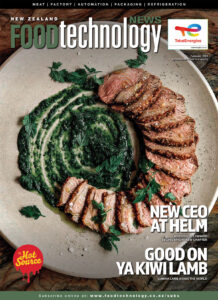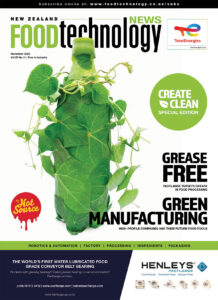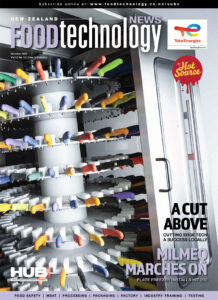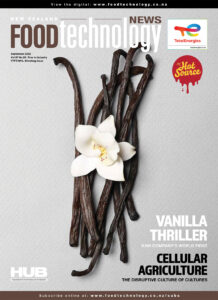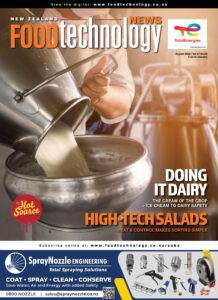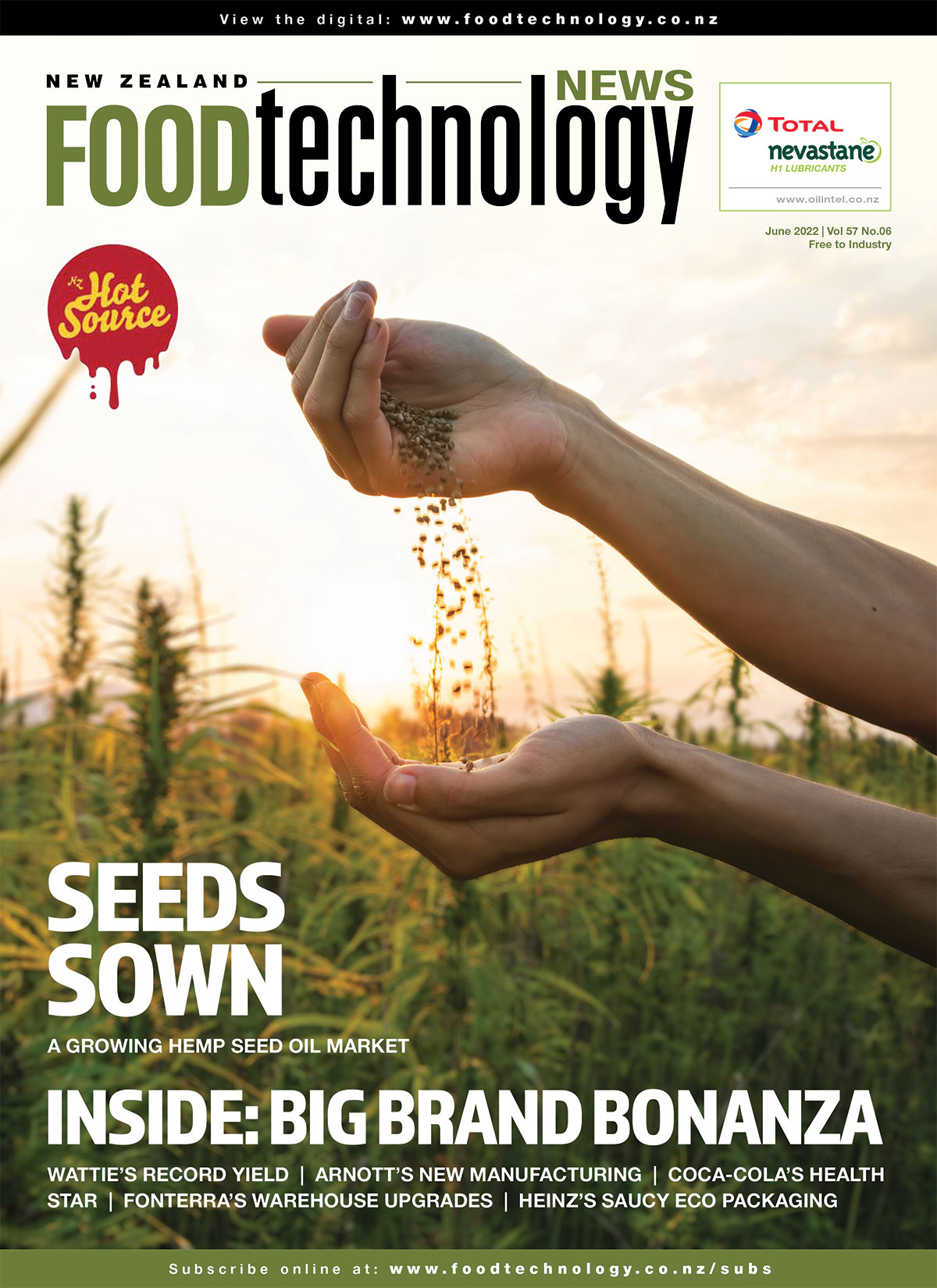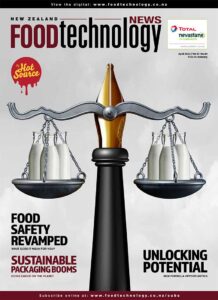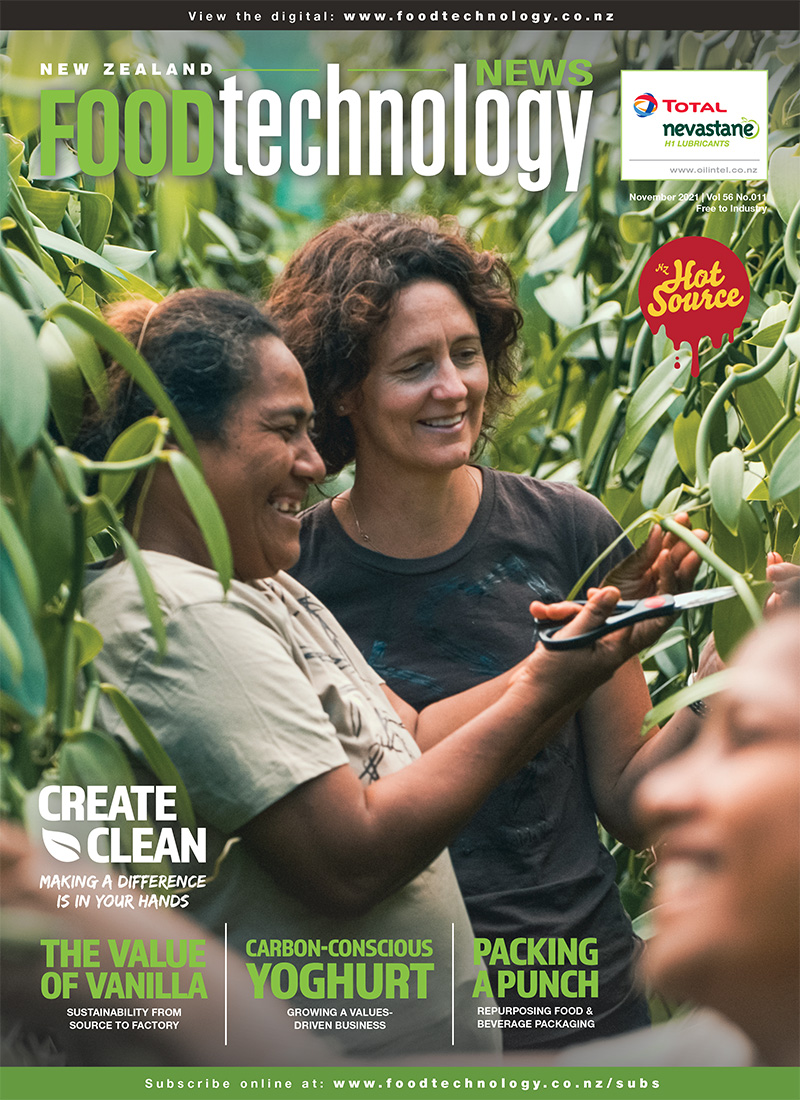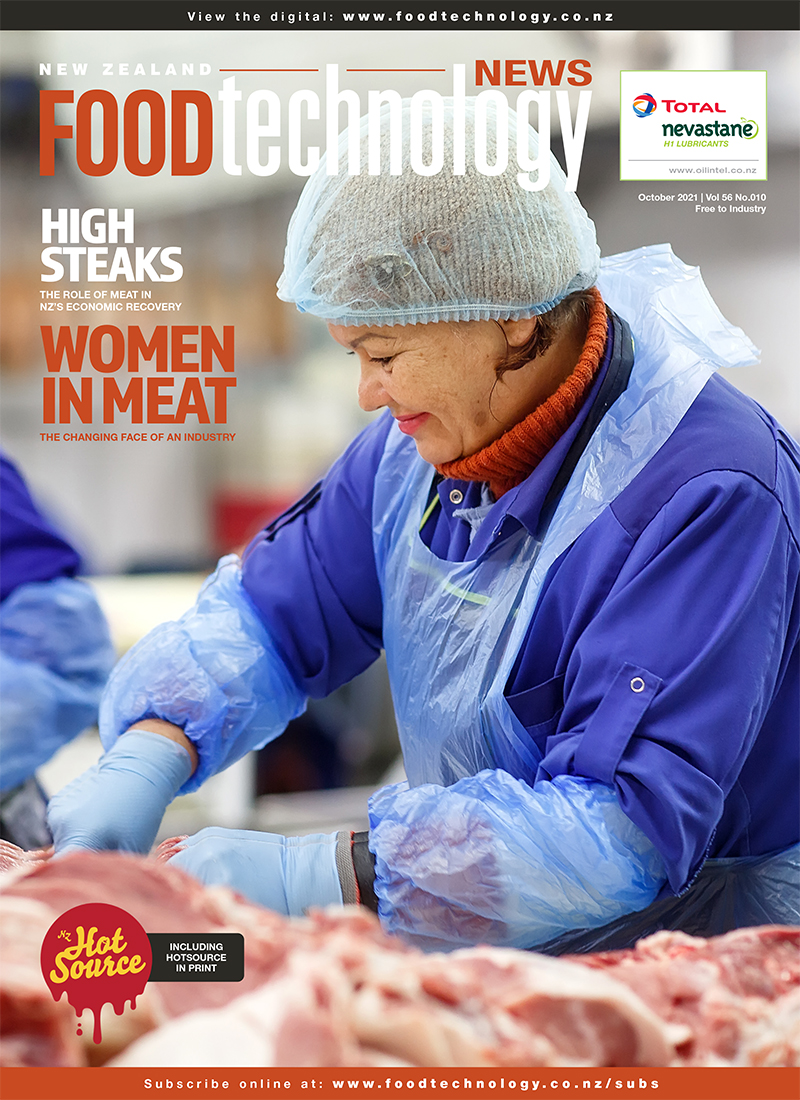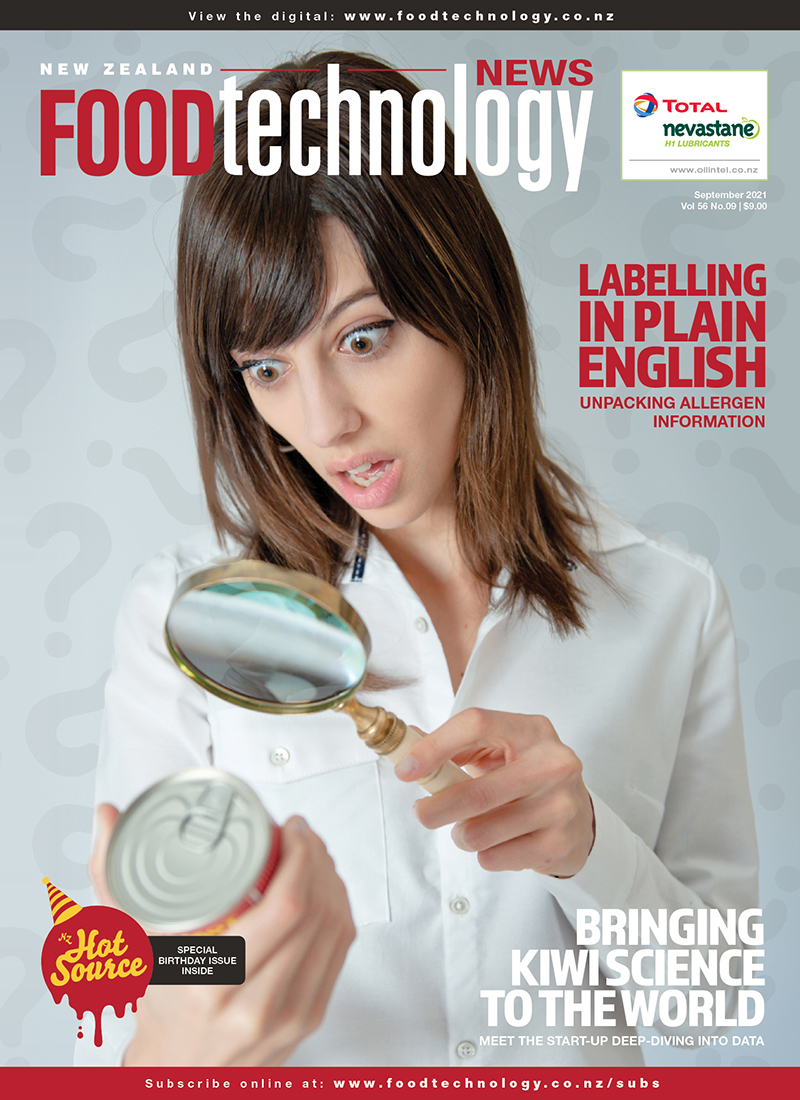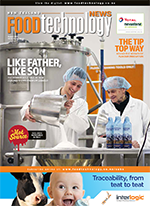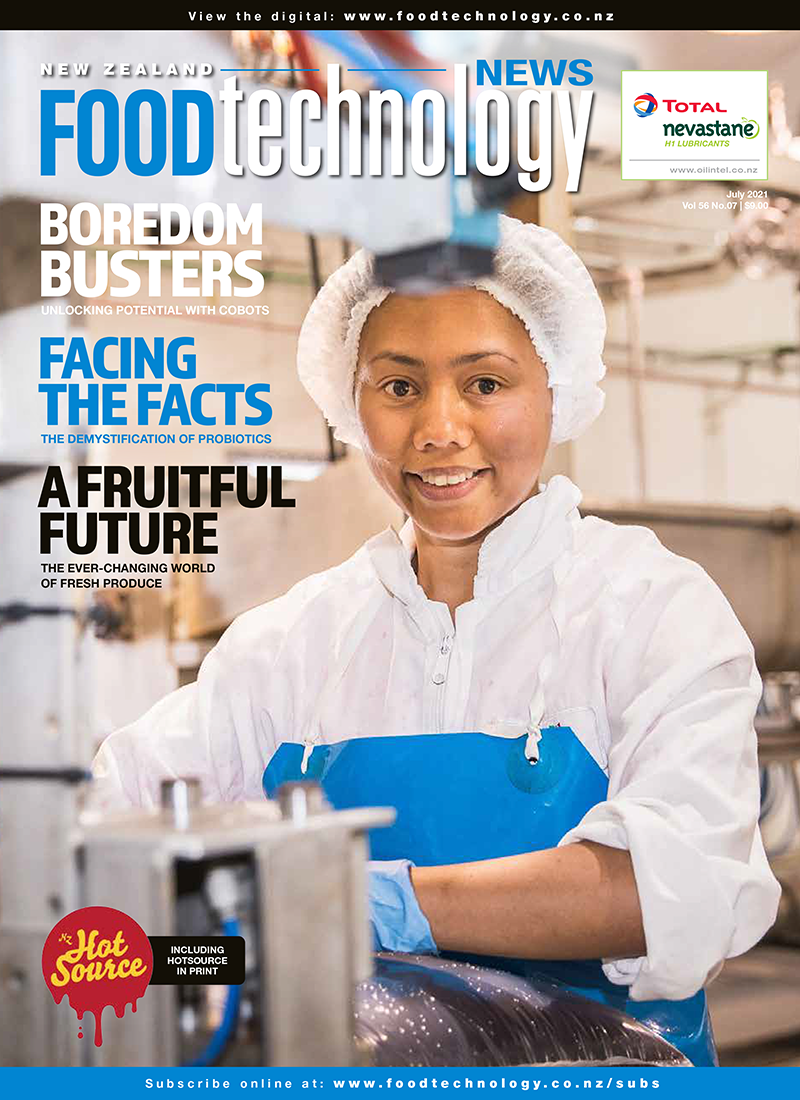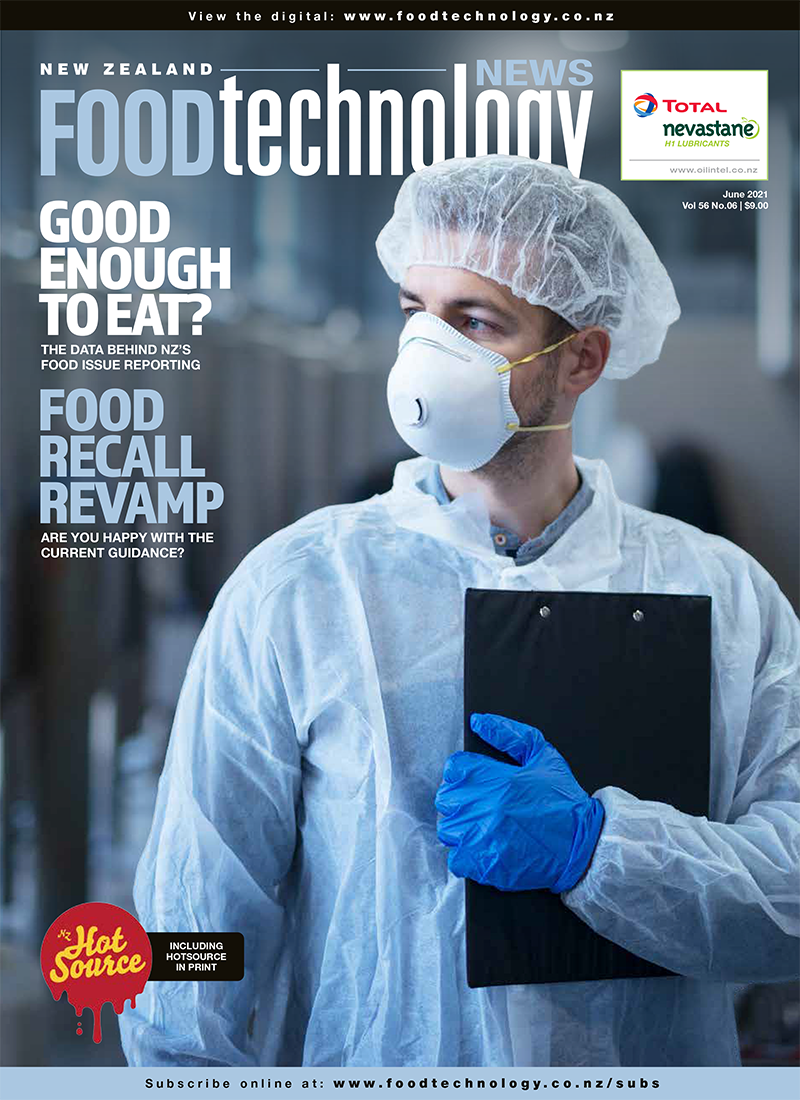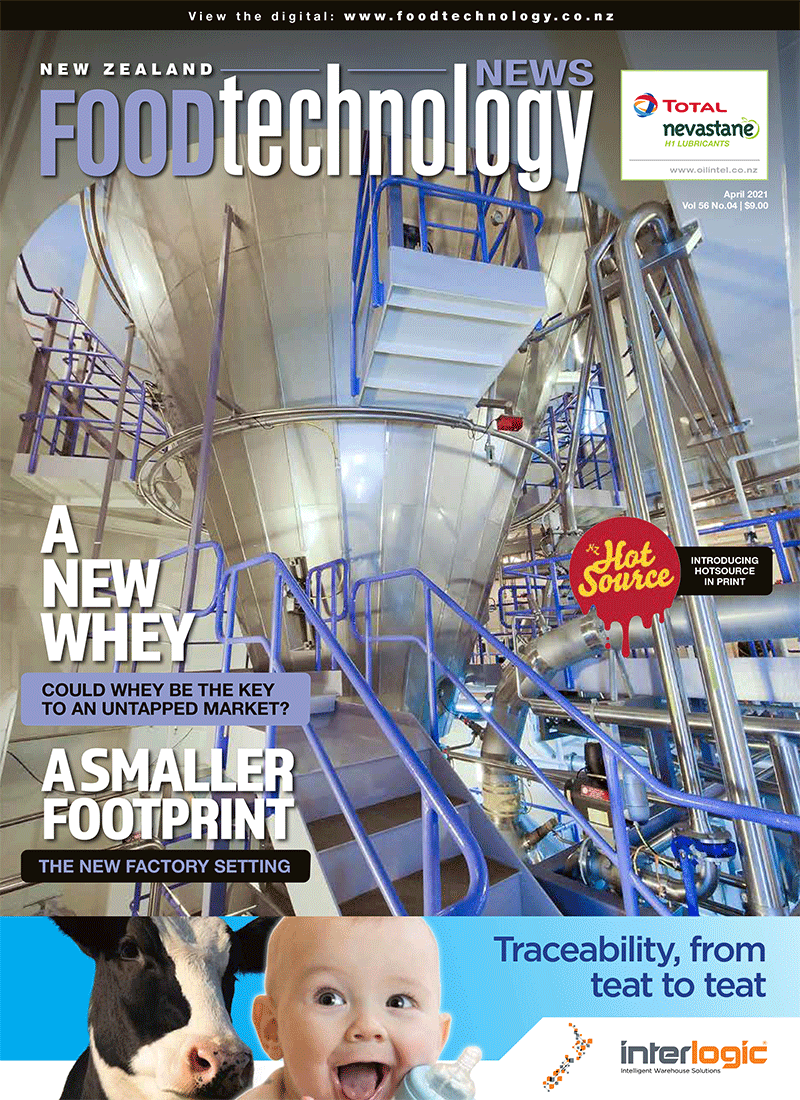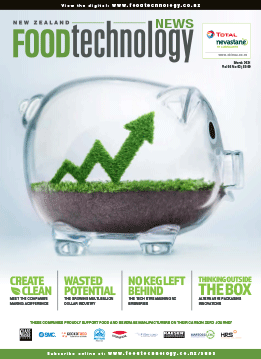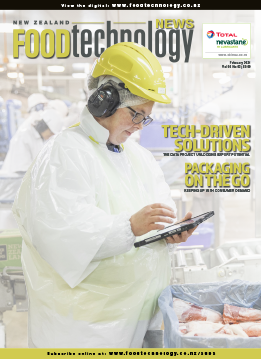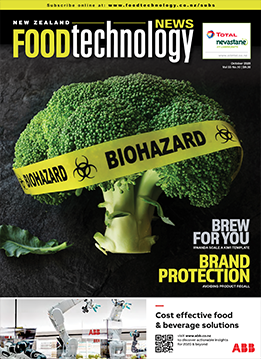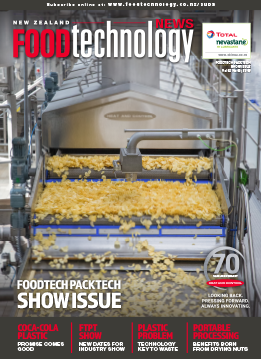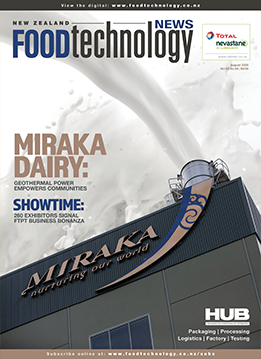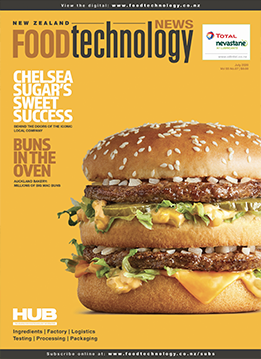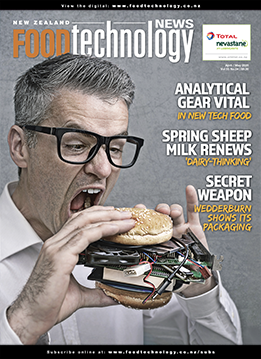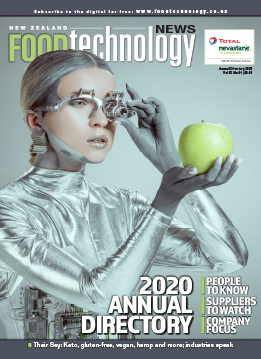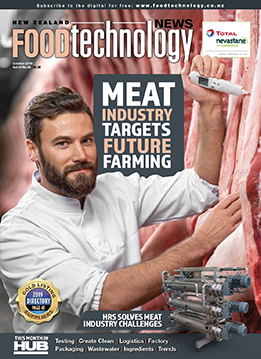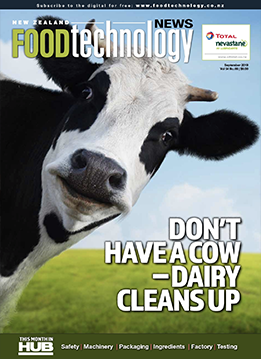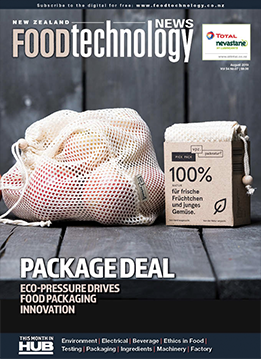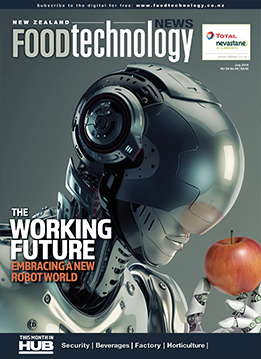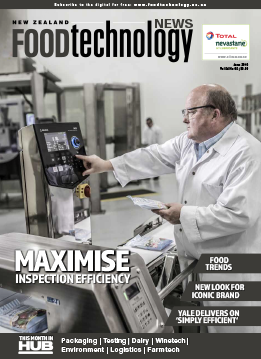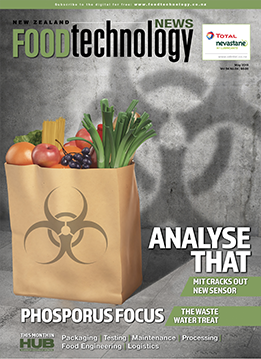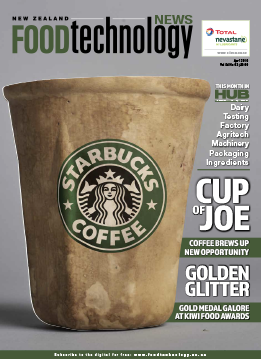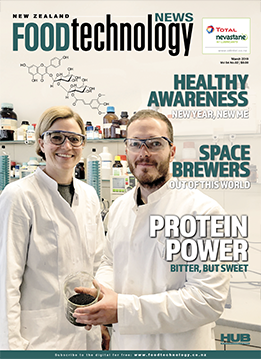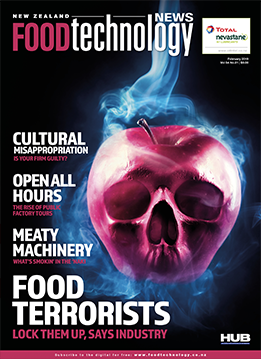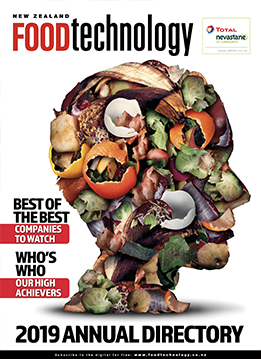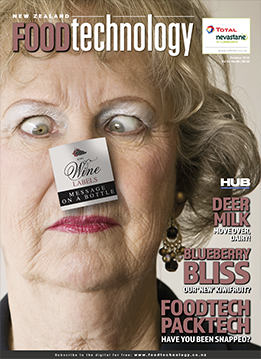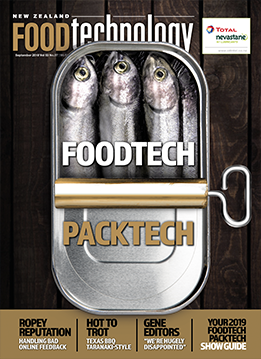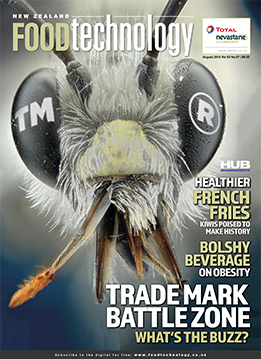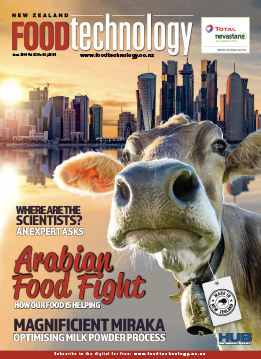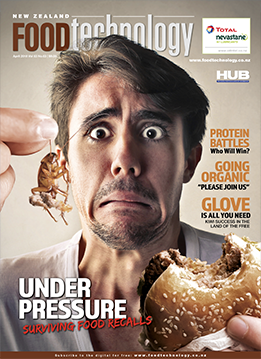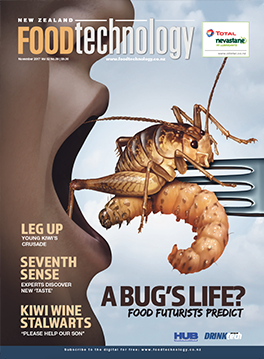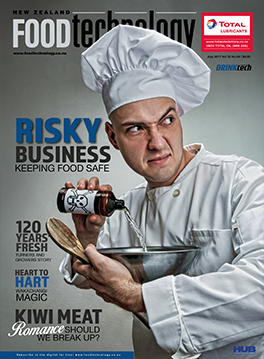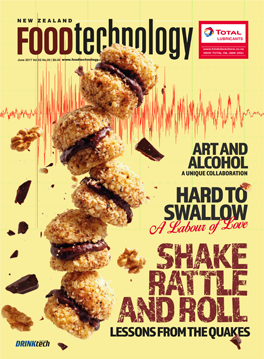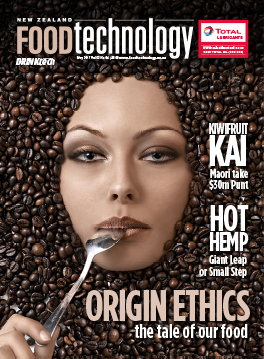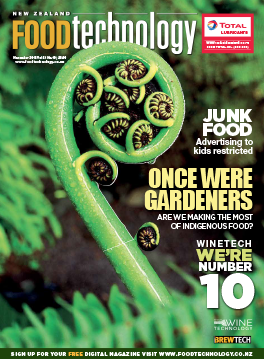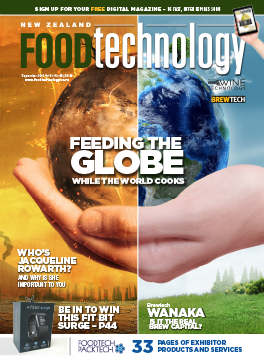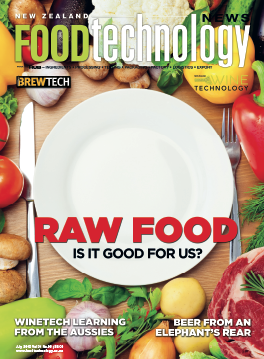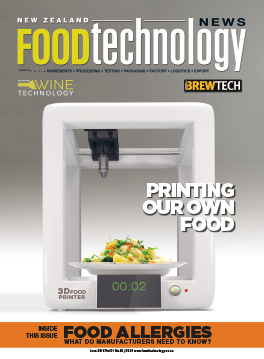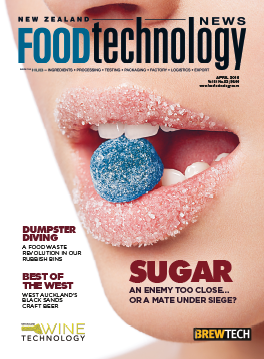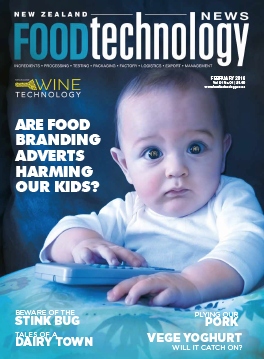 Research has shown that spoiled food causes about 250 health problems, including poisoning, allergies, and even cancer. Today, food spoilage is detected by very time-consuming bacteriological analysis. A team from Skoltech, the Kharkevich Institute for Information Transmission Problems of RAS and other leading research organisations has proposed a new method based on electronic nose and computer vision technologies for faster and more accurate assessment of meat quality. Ideal for meat processing facilities, the study was published in Analytica Chimica Acta.
Research has shown that spoiled food causes about 250 health problems, including poisoning, allergies, and even cancer. Today, food spoilage is detected by very time-consuming bacteriological analysis. A team from Skoltech, the Kharkevich Institute for Information Transmission Problems of RAS and other leading research organisations has proposed a new method based on electronic nose and computer vision technologies for faster and more accurate assessment of meat quality. Ideal for meat processing facilities, the study was published in Analytica Chimica Acta.
Skoltech researchers have been developing and using the e-nose technology in various fields for several years. Their application presented in 2023 helps to analyse the odour of food plastic using an array of gas sensors and pattern recognition algorithms, in this way mimicking the human olfactory system. Unlike the human nose, the e-nose might respond to both odorous and odourless substances.
Bacterial activity in food produces volatile compounds that give off a specific odour, the first sign of spoilage. In their latest work, the researchers studied the dynamics of meat spoilage using the e-nose to digitise the odour associated with volatile markers of spoilage and compared the results with changes in the microbiome of spoiled meat samples.
“Odour is the first indicator of whether food is fresh or not. In our study, we looked at the ‘transition point’ or ‘change point’ where food goes bad and found that the e-nose can detect changes earlier than computer vision. In our tests with supermarket meat, we saw little change in freshness and quality, while the meat we bought at the market went bad faster. It turned out that it already had different bacteria. At some point, most of the bacteria start to die, and only the most resistant spoilage bacteria stay alive and multiply. We used the e-nose to see how the odour of the bacteria-populated meat sample changed over time and then applied mathematical protocols to identify the transition point between freshness and spoilage,” says Fedor Fedorov, study co-supervisor and co-author and an assistant professor at the Skoltech Photonics Center.
The team ran experiments at different humidity levels and identified the e-nose sensor that was most sensitive to the change. “It was the sensor that responded to hydrogen. The point we found depends on the humidity in the refrigerator. We conducted tests at room temperature to speed up the bacterial processes and discovered that their speed depends on the humidity: the more humid the air, the faster the meat goes bad. It turns out that an e-nose sensor and a humidity and temperature sensor might be enough to identify the spoilage point,” Fedorov says.
The researchers also performed a PCR test to measure the relative abundance of the key classes of bacteria, such as Brochotrix, Psychrobacter and Mycoplasma, whose numbers varied over time.
“While the sensors register changes, microbiological analysis can show their cause. We looked at the changes in the bacterial composition of the meat sample to see which bacteria were multiplying and which were dying. We discovered that the e-nose begins to sense the change in the air when there is a major shift in the bacterial composition,” says Professor Mikhail Gelfand, the director of the Bio Center and a co-author of the study.










